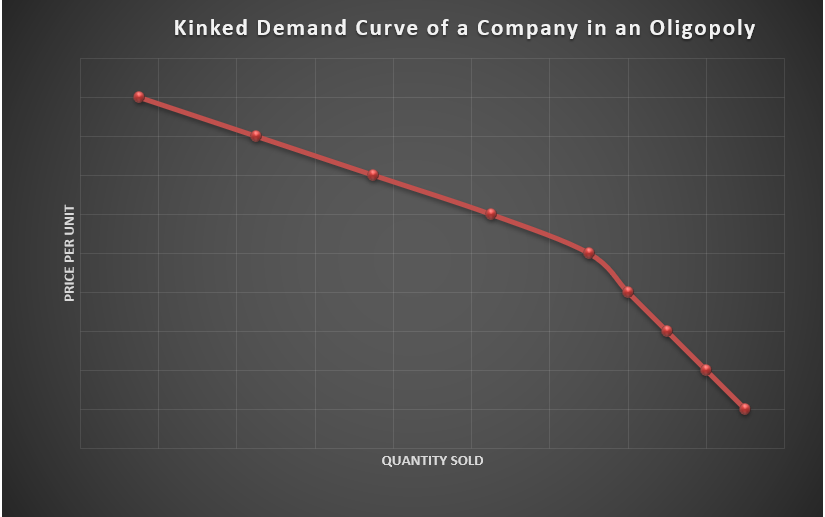Price Leadership
View FREE Lessons!
Definition of Price Leadership:
Price leadership is an informal arrangement when one company acts as a price leader and other companies in the industry follow its lead.
Detailed Explanation:
Oligopolies have few competitors, so each company is very aware when a competitor changes its price. Frequently price decreases will be matched or exceeded in fear of losing business. If Pepsi-Cola reduces its soft-drink prices, many consumers will switch from Coca-Cola, unless Coca-Cola matches the decrease. For companies in perfectly competitive or monopolistically competitive industries, such a price decrease is hardly noticed.
One company's change can quickly impact its competitors because there are a few dominant companies in an oligopoly. This is particularly true in pricing and results in companies being hesitant in either raising or lowering their prices. Price leadership frequently helps companies in an oligopoly raise their prices without sacrificing market share.
Economists use the kinked demand curve to explain the stickiness of an oligopoly's prices.

The Kinked Demand Curve
The kink occurs at the market price. Economists assume that when an oligopoly raises its price (above the kink), its competitors will not match the increase. Consumers buy a close substitute, so the company that raises its price will lose market share. The portion of the demand curve above the kink is elastic because revenues decrease following an increase in price.
Oligopolies are prone to price wars. Why? Companies protect their market share. If one company lowers its price hoping to gain market share, there is a good chance the other companies will respond by lowering their price to protect their market shares. The result is a more inelastic demand curve below the kink because a drop in price will not result in a large increase in sales. Revenues would decrease. Prices tend to remain at the kink because increasing prices results in a loss in market share, while lowering prices could trigger a price war.
Price Leadership
Companies would benefit by agreeing on a higher price. A formal agreement is collusion and collusive agreements that limit competition are illegal in most countries. Price leadership provides a solution by providing a way to increase prices without collusion. One company takes on a leadership role in setting its price and the others normally follow. How are price leaders chosen? Usually, the dominant company sets an industry’s price. Less common is the barometric model, which gives the company with the best reputation at foreseeing future trends the pricing power. Press releases or public statements hinting at price increases provide a signal to competitors.
Dig Deeper With These Free Lessons:
Market Structures Part II – Monopolistic Competition and Oligopoly
Market Structures Part I – Perfect Competition and Monopoly
Demand – The Consumer’s Perspective
Price Elasticity of Demand How Does a Consumer Respond to a Price Change
